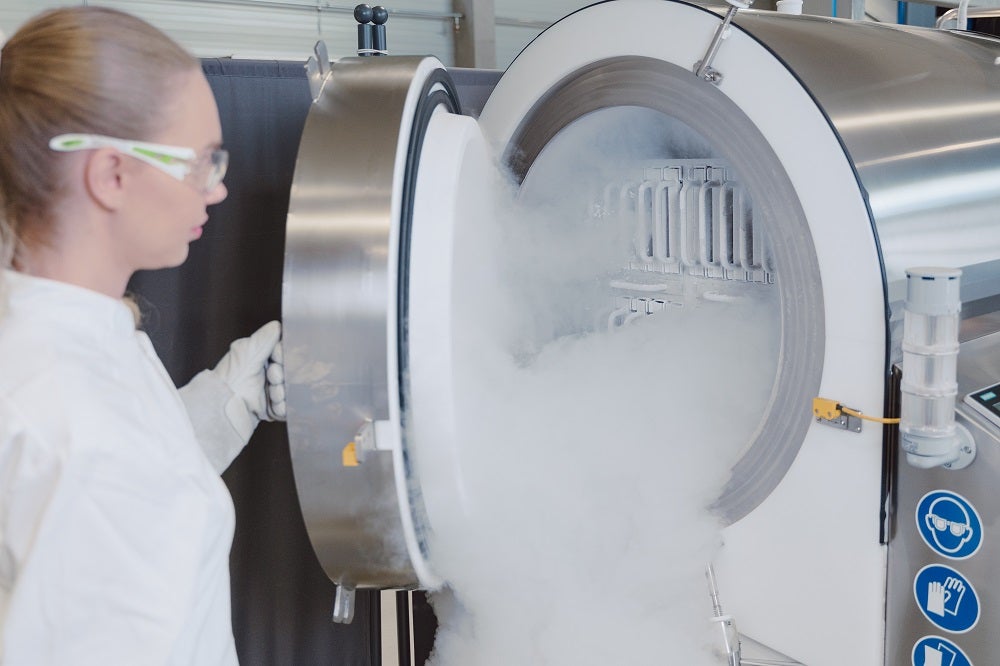
Improving Cryogenic Freezing of a Mammalian Cell Line A study was conducted aiming to optimise the cryogenic freezing process of CHO-K1 cell line using the innovative controlled rate liquid nitrogen . The mammalian cells were filled into 250mL single-use bags and protected by . The study included three different freeze runs at different cooling rates in the controlled rate RoSS.
LN2F, as well as an additional uncontrolled freeze run in a static freezer for comparison purposes. To comprehensively assess the impact of varying freezing rates on post-thaw the study incorporated three viability assays: Trypan blue, LIVE/DEAD and Fluorescence. Study Results: Optimal Freezing Protocol for Cell-based Therapies Intra-experimental variations between the different freezing runs were minor.

The study suggests that a freezing rate of −1°C/min is optimal for mammalian cell lines. However, the study also emphasised on cell survival rate for other freezing rates, as the optimal cooling rate is not limited to -1°C/min. The results show that the range of optimal cooling rates can be expanded to a certain level.
The study also highlights the importance of . What are the consequences of freezing in an uncontrolled environment, such as a static freezer, compared to a recipe-driven, standardised, and scalable controlled freezing protocol? Please download the Study Summary for further information:.










